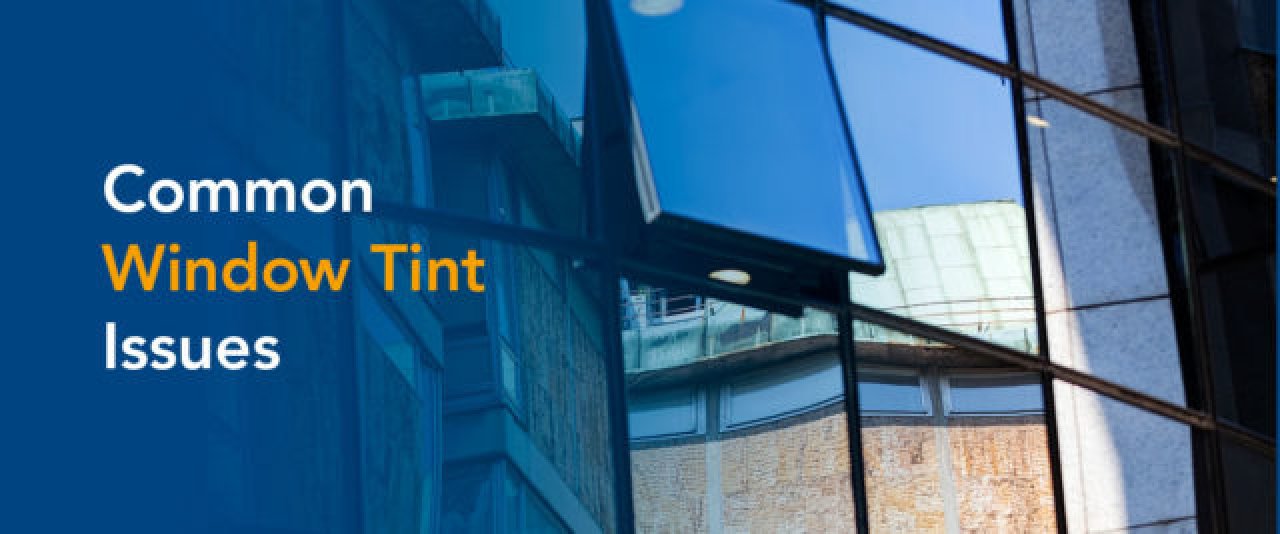How Window Film Reduces Greenhouse Gases
Sep 22, 2015

By: David Smith
Greenhouse gases (a combination of vapor, carbon dioxide, methane, nitrous oxide, and ozone) are in the earth’s atmosphere and act as a giant blanket that makes the earth warmer, referred to as the greenhouse effect. According to the Environmental Protection Agency (EPA), the carbon dioxide in the atmosphere has increased by nearly 40% since pre-industrial times – the current level is higher than it's been in the last 800,000 years. Window film is applied to glass to provide solar protection and increase energy efficiency by helping to reject heat in the summer and retain heat in the winter. This helps to reduce greenhouse gases in the following ways:
Less electricity and natural gas are used for heating and cooling
Fewer fossil fuels are burned
Less carbon dioxide and other greenhouse gases are released into the atmosphere
Vicious Cycle
 Studies show that electricity (which is used for heating and cooling homes and businesses) is the biggest culprit for producing greenhouse gas emissions, which causes global warming, which causes climate change. One obvious result of this cycle is warmer temperatures. According to the First Biennial Report of the United States of America, 2012 was the hottest year ever in the United States, and the 12 hottest years globally all happened in the last 15 years. Not surprisingly, greenhouse gas emissions from electricity use by homes and businesses went up 28% in the last 15 years.
Studies show that electricity (which is used for heating and cooling homes and businesses) is the biggest culprit for producing greenhouse gas emissions, which causes global warming, which causes climate change. One obvious result of this cycle is warmer temperatures. According to the First Biennial Report of the United States of America, 2012 was the hottest year ever in the United States, and the 12 hottest years globally all happened in the last 15 years. Not surprisingly, greenhouse gas emissions from electricity use by homes and businesses went up 28% in the last 15 years. Window Film to the Rescue
Now for some more encouraging facts from the International Window Film Association:Buildings account for 40% of all U.S. energy used
Windows are responsible for 25% of a building’s consumed energy
40% of commercial buildings and 33% of residential buildings have single pane glass


